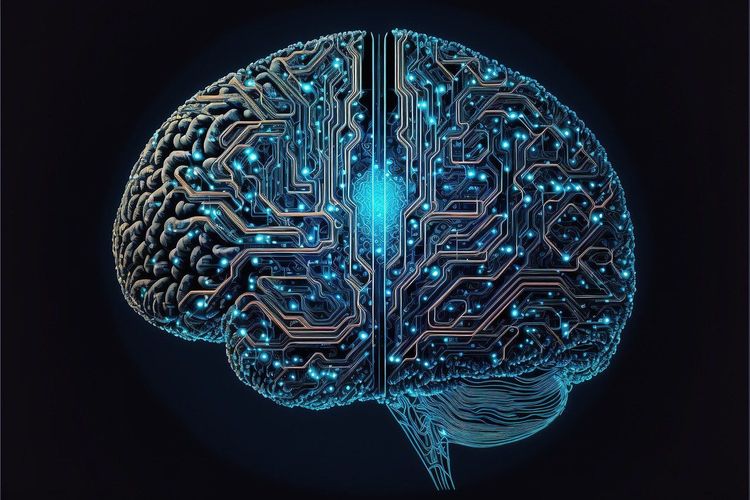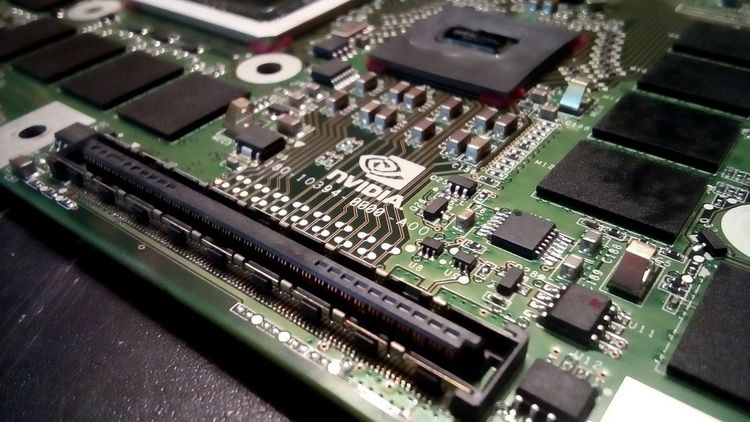A groundbreaking development in robotics has emerged from Chinese researchers, who have devised a method to enhance humanoid robots' ability to express emotions naturally and accurately. Scientists from Hohai University and Changzhou University have unveiled a two-stage approach aimed at enabling robots to exhibit more authentic and complex facial expressions, ultimately facilitating improved interactions and connections between humans and robotic counterparts.
The innovative AI system created by the Chinese researchers can generate highly detailed examples of facial expressions. These expressions are then taught to a specially designed robot equipped with multiple degrees of freedom for facial movements, enabling the robot to replicate the expressions with greater precision and realism. As a result, humanoid robots can now successfully mirror specific facial expressions when directed, representing a significant breakthrough in the field.
Presented at the annual meeting of the China Association of Science and Technology and published in IEEE Transactions on Robotics, this research addresses a common limitation in humanoid robots related to their inability to convey emotions effectively due to the limited number of motors in their faces. This constraint prevents them from displaying genuine expressions comparable to those of humans. To overcome this challenge, Chinese scientists collaborated with experts from the University of Manchester and the University of Leicester in the U.K. to introduce the concept of Action Units (AUs).
Action Units, derived from the Facial Action Coding System (FACS), define individual muscle movements necessary to perform a facial expression. By developing an AI system capable of creating detailed images of robotic facial expressions based on AUs, the researchers empowered the robot to translate these images into physical movements using the motors in its face. This unique approach incorporates the physical limitations of the robot's motors as constraints to refine and optimize the expressions, resulting in a more fluid and lifelike presentation.
Moreover, by dividing the robot's nine motors into 17 distinct AUs, the system enables the robot to produce a wider range of expressions with smoother transitions between them. This enhanced capability will significantly benefit applications in various settings where emotional expression is essential, such as nursing homes, kindergartens, and special education schools. Professor Liu Xiaofeng, the lead author of the study and a faculty member at Hohai University, emphasized the potential of humanoid robots not only to perform tasks but also to add emotional value to interactions with humans.
Through this two-stage process, humanoid robots are now equipped to convey emotions more authentically, paving the way for a new era of human-robot interaction enriched by genuine emotional expression and connection.







